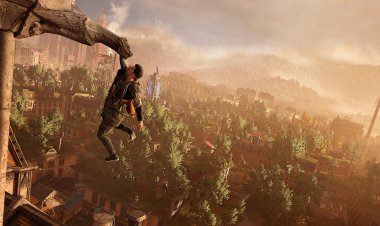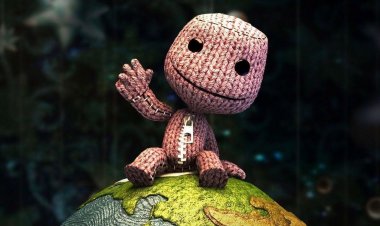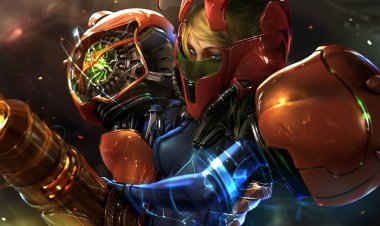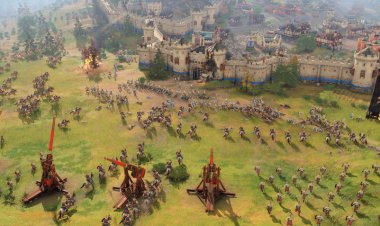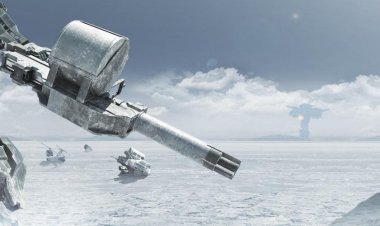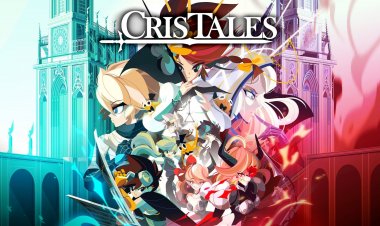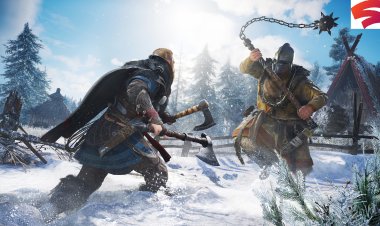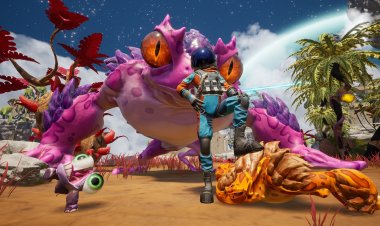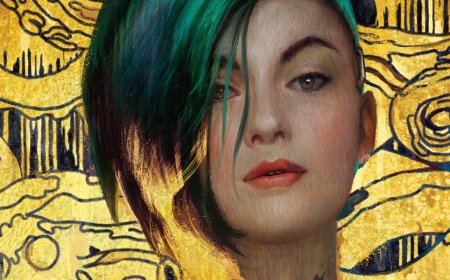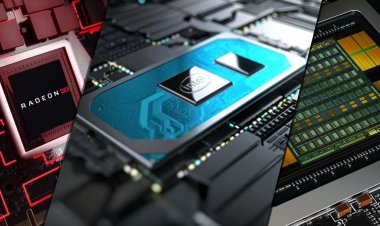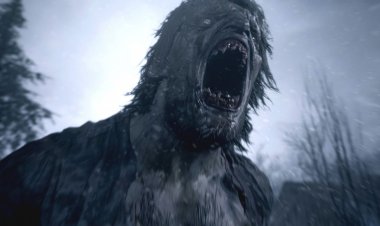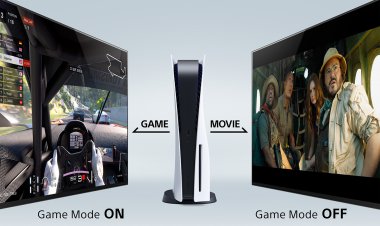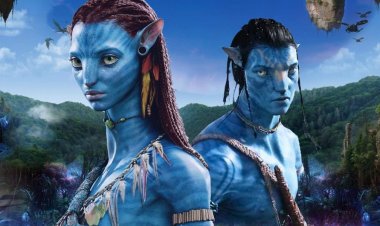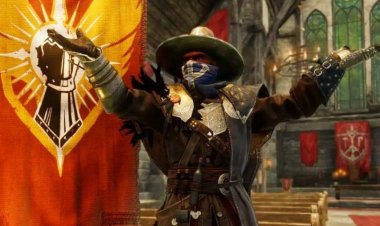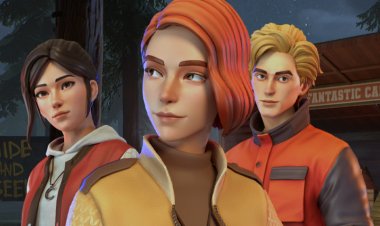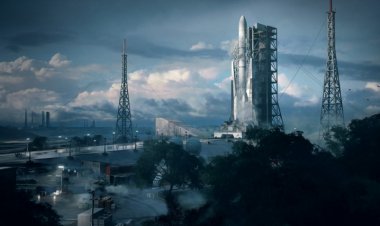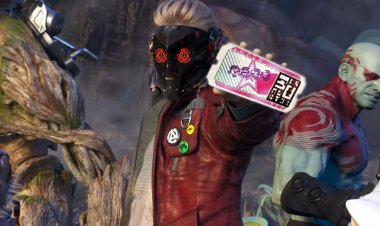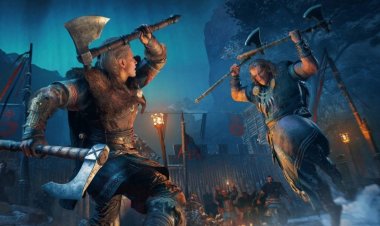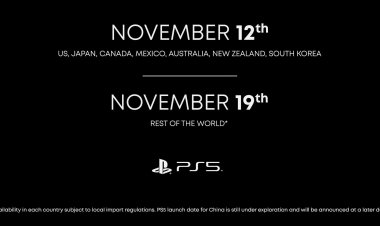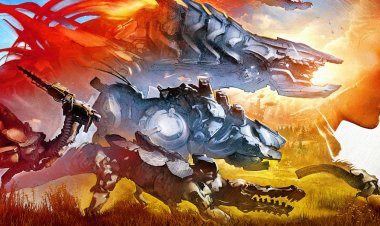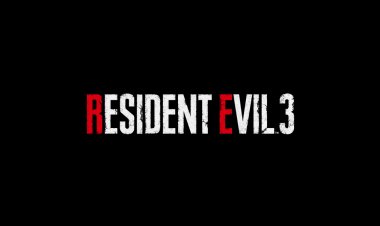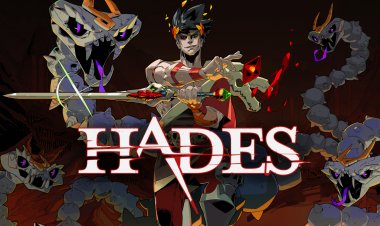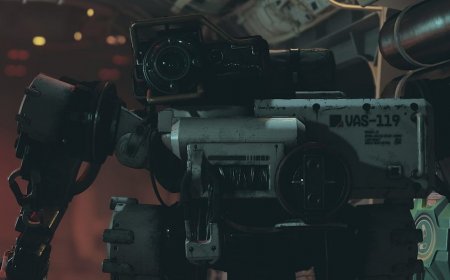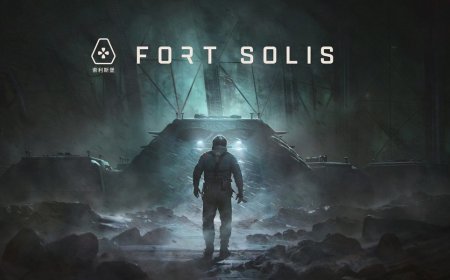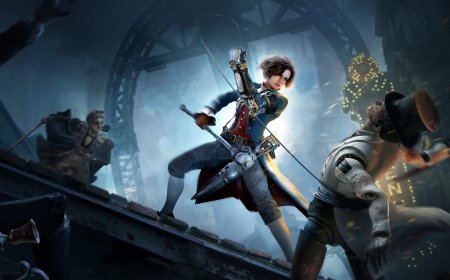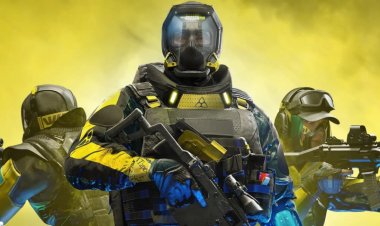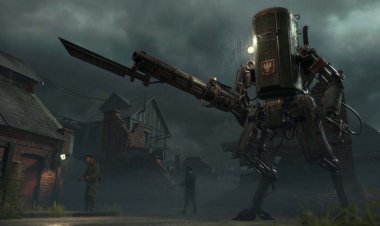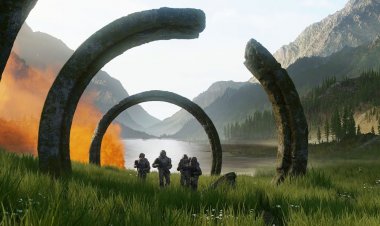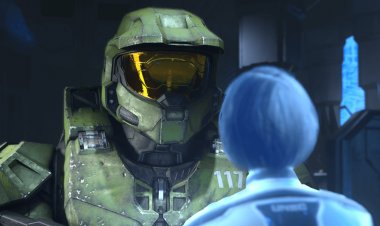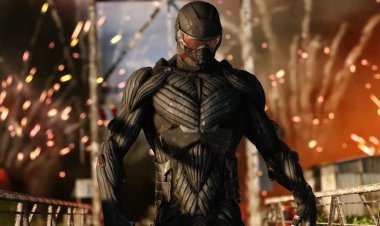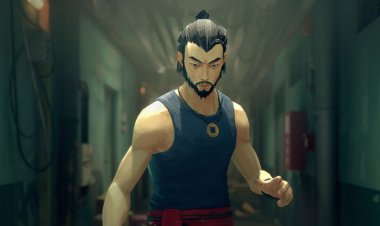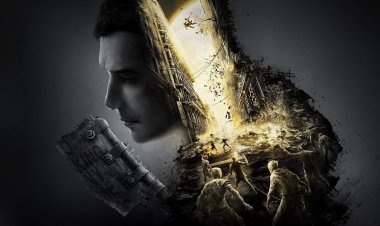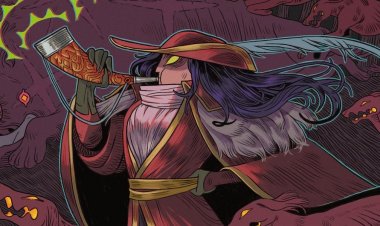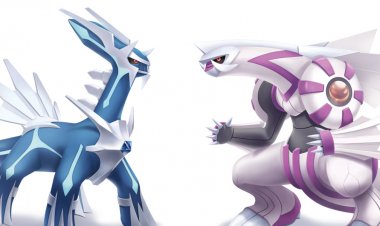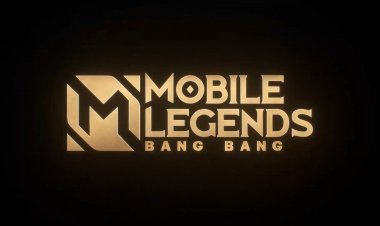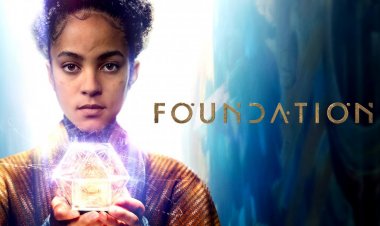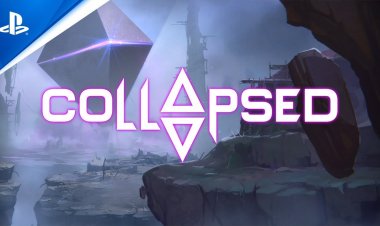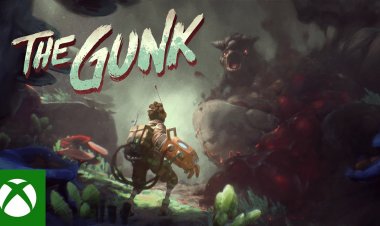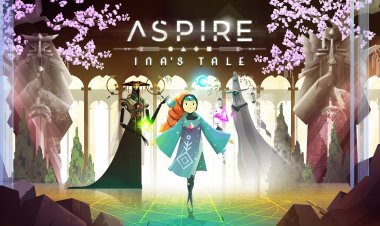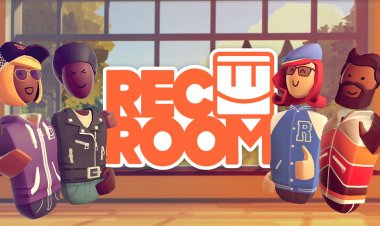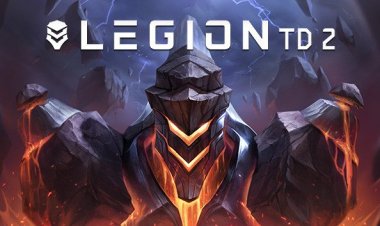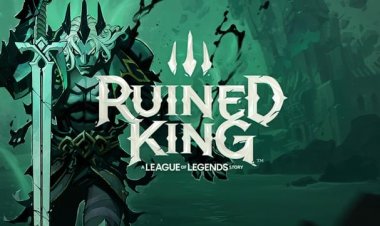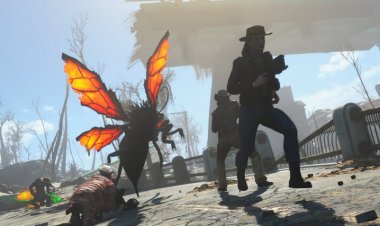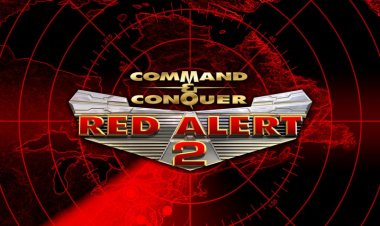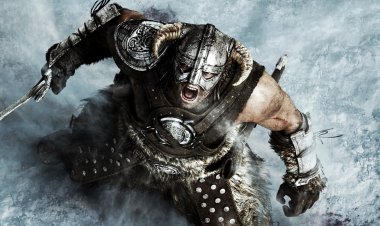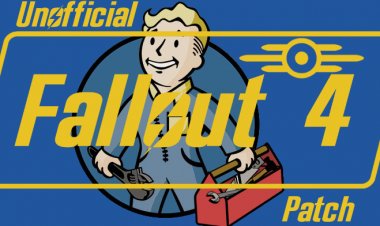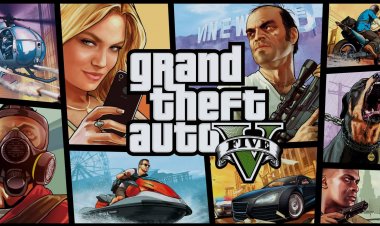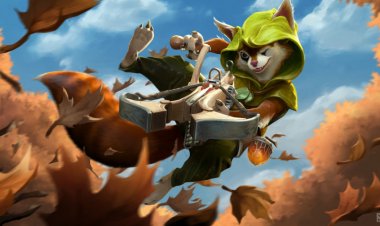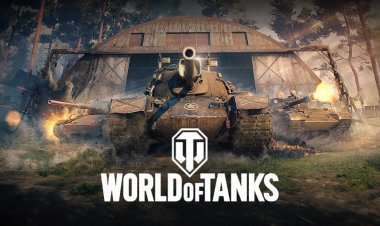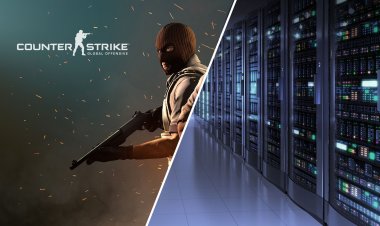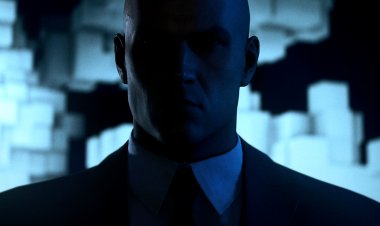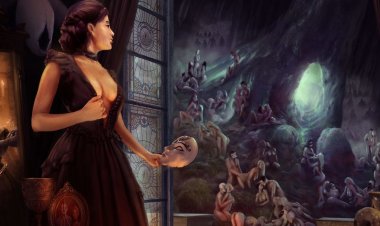GTA III Legacy: Two Sequels and an Army of Copycats
Last month, Grand Theft Auto III turned 20 years old. Although it seems godlessly outdated these days, this game once became the basis for several sequels and countless army of imitators.

It's just a pity that the general nostalgia about the anniversary of GTA III was quickly replaced not just by disappointment, but by a loud scandal. The audience was already in absentia against the reissue of Grand Theft Auto: The Trilogy — The Definitive Edition: this was provided by the "war" declared to modders, and strange graphics, as if inspired by Fortnite, and the removal of the original versions of the trilogy from stores.
But the real devil, as it turned out after the release, was hidden in the program code: the Grove Street Games outsourcing team not only did not eradicate many bugs of the past, but also literally drowned the updated trilogy in dozens, or even hundreds of new ones. The apotheosis was the problems with launching the game in the Rockstar Games launcher — there was simply no limit to the righteous anger of users. And it seems that we won't see this limit for at least another month: the whole Internet is already laughing at the trilogy, distributing GIFs and videos with the most egregious bugs. And some breakdowns are completely ruled by enthusiasts themselves, without waiting for patches from the creators.
Nevertheless, an important segment of the history of video games is connected with the old GTA of the PS2 era. In fact, this is a whole layer of culture: if the third part allowed Rockstar Games to really loudly declare itself, then the sequels literally made their creators the most rock stars of the industry, which many developers still look up to. Therefore, we suggest at least briefly forget about the disappointments that the Definitive Edition brought, and remember how Rockstar once developed its ideas and gave other developers the opportunity to compete in creating "their GTA".

It was in the 80s
Despite the fact that the practice of releasing addons was not even close to being fixed on consoles in the early 2000s, Vice City was originally conceived as a set of missions for GTA III. It would seem that the engine and the basic foundation of the mechanic already exist — why bother too much? However, the enthusiasm of the team at some point grew to great ambitions. Moreover, Rockstar, which had absorbed DMA Design by that time, could afford a lot. Including licensing a huge music library that would perfectly emphasize the spirit of the 80s. The entire fund of golden classics of that era went into action from Ozzy Osbourne, Motley Crue, Michael Jackson, Laura Branigan and to Hall & Oates. It is not surprising that fans took the absence of a number of iconic tracks in the remaster with hostility.

If the third part showed a gloomy, rainy and almost noir pseudo-New York, then Vice City is a cheeky Miami. With endless drinking, neon-drenched streets and, of course, rampant crime. About the same Miami as the viewers of "Scarface" remembered it, but still played in an ironic way.
The frivolity reigning in the previous parts has only intensified in Vice City. In many ways, this was also facilitated by a new approach to the script: if Claude in GTA III silently nodded in response to any remarks, then Tommy Versetti, voiced by Ray Liotta, chatted incessantly, cursed and in general was the very antihero who still wanted to empathize. The plot in Vice City, of course, will lose the same fifth part with a bang, but by the standards of those years it was an excellent scenario work.
However, games in the open world at that time still seemed innovative, so the hilarious dialogues of the heroes interested the players much less than the gameplay itself, which made a significant step forward. The ability to start a storyline mission at any moment and hardcore clashes with the police created many unique situations. After all, you never know in advance what scenario the next shootout or chase will take place, if you can always steal the nearest car and escape in any direction.

Now, of course, it seems ridiculous, but then the addition of a full-fledged map of the city greatly changed the usual gameplay. GTA has never coddled players, every now and then driving them to white heat with its sudden jumps in complexity: a memorable "mission with a helicopter" will not let you lie. But there were also a number of tasks for a while, where it was extremely important to see the end point on the map and plot a route to it not at random (and not on an inconvenient paper map).
And the appearance of two-wheeled transport greatly simplified many shootouts: if earlier it was possible to attack enemies on the move only with side shooting, now no one forbade to sit behind an enemy car and famously release a couple of clips into it. Tactical advantages in battle were also given by the ability to shoot through tires, punch through the windshield and destroy opponents long before they deign to get out of the car. Pleasant trifles also include the chance to change default clothes for a fashionable suit, as well as start a business: first you need to complete a number of assignments, and then reap the fruits of your labors by collecting regularly updated "bribes" at certain points.
As a result, Vice City not only greatly improved and diversified the gameplay of its predecessor, but also became an excellent time machine for those who missed the eighties or, on the contrary, wanted to get acquainted with that era. In Vice City, everything has formed into a single picture: presentation, visual aesthetics and, of course, the soundtrack. And in the same vein, the San Andreas that followed two years later was sustained.
Ah shit, here we go again
Jokes about the N-word, the criminal romance of the ghetto, an abundance of swearing... Dan Hauser, of course, did not pour out completely frank gags of the level of the cult "Do not threaten South Central", but still did not deny himself the pleasure of walking literally through all the stereotypes about the black population of the United States. The San Andreas plot was particularly comical because of the most repulsed and caricatured characters, first-class voice acting (rapper unknown at that time and not even actor Christopher Young Maylay Bellard gave a performance that some pros would envy), and in the case of the Russian version of the game, also a "spent" translation. But, as in the case of the previous parts, the gameplay was and remained the central element that held the attention of gamers around the world. And then Rockstar has already made not just a big step forward, but a leap over the abyss.
The truly record-breaking size of the game world has left far behind everything that came out in the genre before. Moreover, not only the volumes were striking, but also the transition from one city to another. And it was better (at least at first) to get from one to the other by land: in this case, the endless rural expanses that had not been seen before in GTA opened up to the player. If we talk about the scale as a whole, then never before have games so reliably recreated the feeling of being in a real metropolis. With all due respect to Shenmue 2, with its impressive Hong Kong at that time and the opportunity to chat with every passerby, it was still a relatively chamber and script-oriented game. And in the world of San Andreas, even despite the presence of a map, it was easy to get lost in the first hours.
And such a scale was not given to him for beauty at all - Rockstar enriched the new GTA with so much content that another JRPG would envy. The attention to detail was incredible: San Andreas brought the possibility of customization of cars (not Need for Speed Underground, of course, but also with nitro and neon lighting), changes in the appearance of the hero (not only costumes, but also pumping, leading to improved performance, and haircuts) and an infinite number of side tasks. If a person who sat down for San Andreas for the first time set out to complete the game 100%, then, most likely, hundreds of hours would not be enough for him. Without taking into account the replay of failed missions.
In addition, it became possible to start a romantic relationship: in between shootings and other adventures, you could go on a date with a girl. Moreover, if you neglect the wishes of a lady or - God forbid! - to attach it with a bouquet of flowers, then it negatively affected the relationship. If the bar of mutual sympathy fell too low, parting followed. But here's what's funny: with this seemingly not very necessary activity, an erotic mini-game embedded in San Andreas is connected, access to which was deleted in the release version, but the files themselves were left. Therefore, the modders quickly restored it, after which there was another loud scandal almost worse than accusations of propaganda of violence. After all, the presence of sexual intercourse automatically meant that San Andreas was awarded a more "adult" rating of 18+, because of which the game could be withdrawn from sale.
However, neither the next hype in the press, nor the legal costs in any way affected the reputation and financial condition of Rockstar. Sales of the game exceeded all expectations: in the first week alone, more than 2 million copies were sold in North America, but San Andreas remained a PS2 exclusive for more than six months. On this positive note, we will (for now) close the topic of the original GTA and move on to an equally interesting conversation about its followers.
Mr. Salieri sends his regards
The legendary Mafia was the first to shoot loudly: The City of Lost Heaven from Czech Illusion Softworks, previously noted only by the tactical shooter Hidden & Dangerous. According to the original idea, "Mafia" was supposed to be a purely racing analog of Driver in the unbroken setting of the USA of the 1930s. And, most likely, such a format would have brought the game only fleeting popularity, as happened with other imitators of the "Driver", which was enough at the turn of two centuries. But, fortunately, Daniel Vavra, overflowing with enthusiasm, intervened in the matter.

Inspired by the Sopranos Clan, the game designer decided to move away from the original concept towards a story adventure. And such radical changes, of course, required additional development time, so instead of the planned 2000 Mafia was released two years later. By that time, gamers who had just waited for the GTA III port on the PC had not had time to really play enough of it, so Mafia: Although The City of Lost Heaven was received with delight, it did not sell as well as the super-popular brainchild of DMA Design.
Since GTA III was then in the spotlight, both reviewers and players automatically named it a clone of any game where there was an open world, car chases and shootouts. In fact, there was not much in common between her and Mafia: different aesthetics, different approach to gameplay (most of the missions took place in separate locations, and the city was mainly used only for trips) and, most importantly, to the plot. Vavra did not turn everything into a joke — on the contrary, he saturated the narrative with a serious drama, and put human values in the center of attention. By the standards of cinema, it was a rather ordinary sketch on the theme of a man who, by the will of fate, joined a mafia family, but at the same time trying his best not to become a complete bastard. No match for the same silent Claude from GTA III, ready to do any dirty work without the slightest hesitation. But by the standards of games of that time, it was an outstanding scenario work, which was emphasized by an equally outstanding technical performance.

It was possible to find fault only with the unreasonably high complexity in a couple of places: then the enemies shot the protagonist from the Tompsons from a hundred meters with the accuracy of experienced snipers, then users were required to go through a ruthless race — and this in a game that in its final form had an extremely indirect relationship to driving. On the other hand, GTA III also suffered from excesses in complexity, and in general it was a time when hardcore had not yet gone out of fashion.
International flavor
True Crime: Streets of LA from the authors of the cult dilogy Vigilante 8 also brought a lot of new things so that it would not be branded another GTA clone (although journalists, of course, knew better). Firstly, the main character here was made a cop, who, however, also did not hesitate to steal other people's cars, destroy the city and kill innocent citizens. However, such a cheeky style of passing led to a decrease in reputation and, as a result, a different ending. Also, the path of a bad cop ended for the protagonist with aggression from passers-by and the pursuit of special forces.
Another important element is the lack of the usual GTA gameplay integrity. And here it's time to recall some of the very first games in realistically executed cities: Shenmue and Omikron: The Nomad Soul. Moving around the city and chasing in True Crime were performed in the manner of GTA, but hand-to-hand fights have actually become a separate game. It had a fairly deep combat system with several types of attacks and combos, and the camera changed the angle during fights to a side view, like in fighting games.


Skirmishes could take place with a view from both the third and the first person, besides, they implemented a system of shelters, which was not yet in GTA or Mafia. And since the player was given the opportunity to play the role of a law-abiding law enforcement officer, the color of the sight allowed him to monitor whether the injury would be fatal.
If we talk about the game as a whole, then True Crime: Streets of LA, like the Mafia, still relied not on freedom in the open world, but on story missions and narrative. And if everything turned out well with the first, then, alas, it did not work out with the second. Even the acting of Gary Oldman did not help the script "in the best traditions" of Hong Kong bi-movies — his antagonist turned out to be, albeit not completely faceless, but certainly not equal to the bright characters of Vice City.
Nevertheless, True Crime: Streets of LA became commercially successful, so two years later the second part was released, where the action moved to New York, and the Asian protagonist was replaced by an African-American ex—criminal who decided to retrain as a cop. And then the situation with the game literally turned 180 degrees. If many elements of its predecessor were new in 2003, then getting almost the same in 2005 - after San Andreas with its variety of content - was not so fun anymore. Failed sales put an end to the sequel, which was supposed to be released already on next-generation consoles and move the action to Hong Kong. Instead, Sleeping Dogs was released in 2012, partly based on shelved developments.
I drove with shot wheels
But an incident happened to the aforementioned Driver. If the first two parts largely pushed DMA Design to move into three dimensions, then Driver 3 (sorry, DRIV3R) was already created with an eye on the GTA of the PS2 times. That's exactly what with an eye — and even then through a tiny hole in a bullet-riddled wall. Reflections Interactive failed to turn into either irony or serious drama, issuing (for the third time in a row) the most insipid plot about an undercover cop. The gameplay did not offer the freedom of action and variety of missions that Vice City could boast of, and in general suffered from strange physics, which only aggravated the excessive complexity of individual missions. In general, DRIV3R took all the worst from GTA and instead offered maybe three cities and better graphics, but this was not enough, not only to compete with Grand Theft Auto, but even for the status of a good game as such.
By the way, a loud scandal is also connected with DRIV3R — a kind of proto-gamergate on minimalks. Although most media gave her low marks, PSM2 and Xbox World publications awarded the game as many as 9 points. Both magazines were published by the British company Future plc, which is why readers began to suspect the publisher of collusion with Atari, which paid for positive reviews. On the GamesRadar forum (also owned by Future), a rather pathetic discussion broke out with quite expected accusations of "venality" — of course, all this was promptly removed by the moderators.

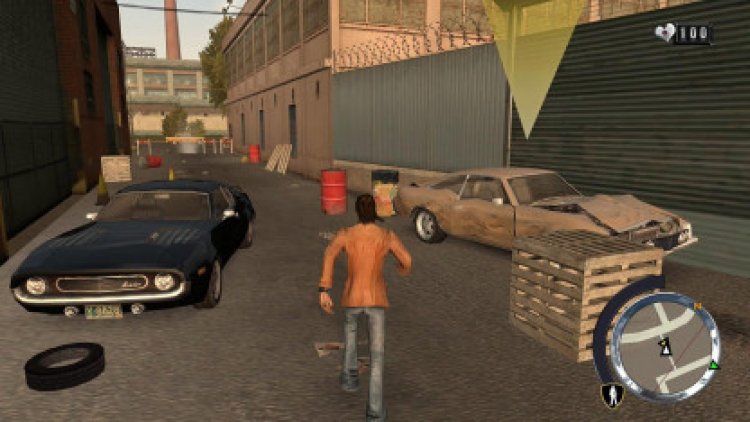
And although the scandal with DRIV3R did not grow to the scale of a real gamergate, the sediment still remained. But since everyone has the right to make a mistake, the creators did not stop there - and already in 2006, two years after the release of the third part, Driver: Parallel Lines was born. Apparently, Reflections felt that their previous creation failed due to poor shooting mechanics - otherwise how to explain a step back in terms of mechanics? The emphasis was shifted again towards driving, paying much less attention to the shootings. Against the background of San Andreas, which was perfectly balanced in this regard, where shooting carried away no less chases, such gameplay seemed outdated and as if stuck between Driver 2 and GTA III. But we must admit that Parallel Lines also had an important advantage: the abrupt change of the setting within the campaign (the jump from 1978 to 2006) looked fresh.
What's left behind the scenes
Finally, we will briefly remind you about other projects designed in a similar manner and which have become a good opportunity for fans of the genre to pass the time before the release of the fourth GTA.
For example, The Godfather from the future authors of Dead Space turned out to be a good successor to the Mafia traditions — as, indeed, Scarface: The World is Yours. These were not really linear action games, but the open world in both games did not reach the level of GTA freedom.
It is noteworthy that in "The Godfather" the plot was a free retelling of the original source, and even without the voice and appearance of Al Pacino: he preferred to sell the rights to his face to the creators of Scarface. She continued the plot of the film: according to the idea of the developers, Tony Montana survived the massacre at the villa — the latter, by the way, was perfectly parodied in Vice City. But the chain of parodies does not end there: ironically, Scarface Radical Entertainment, which created it back in 2003, released its own parody of GTA called The Simpsons: Hit & Run — in a sense, a harbinger of LEGO City Undercover.

Saints Row and Crackdown became conceptually closer to GTA. The first one looked very much like San Andreas and predictably lost to it — but, fortunately, the story did not end there, and by the third part the series had found its face, reducing both the gameplay and the narrative to the level of rollicking trash. But Crackdown was less lucky — by the way, it was developed by the Realtime Worlds studio founded by David Jones (the same one that once took part in the creation of the first GTA). The first part turned out to be a wonderful "GTA in the future with superpowers— - it's a pity that the sequels did not repeat its success.
The history of Grand Theft Auto itself did not even think to end — on the contrary, it was preparing for the transition to a new generation of consoles in GTA IV. But this is a completely different era, to which we may return closer to the release of the next reissue — they say that it is not far off.
What's Your Reaction?













